Nestled in the picturesque village of Benburb in County Tyrone, Ireland, Benburb Castle stands as a testament to the rich and storied history of the region. With its origins dating back to the 17th century, the castle has witnessed centuries of political, social, and cultural transformations. This comprehensive article delves deep into the history of Benburb Castle, from its early beginnings to its current status as a fascinating heritage site. Discover the captivating story of Benburb Castle, Tyrone, Ireland, as we explore its architectural features, prominent occupants, and the role it played in shaping the region’s past.
The Early History of Benburb Castle
Built in the early 17th century, Benburb Castle was commissioned by Sir Richard Wingfield, the first Viscount Powerscourt, as a military stronghold. Sir Richard Wingfield was a prominent Anglo-Irish soldier and politician who played an instrumental role in the Nine Years’ War. In 1611, he received a land grant from King James I to construct a castle and fortify the surrounding area, known as the Manor of Benburb.
The castle’s strategic location on a limestone bluff overlooking the River Blackwater afforded its occupants a commanding view of the surrounding countryside. This advantageous position enabled Benburb Castle to serve as a vital military outpost and a symbol of English authority in the region during the tumultuous Plantation of Ulster. The castle’s architecture is characteristic of the fortified houses of the period, featuring a rectangular tower house with gabled ends and a large central chimney.
The O’Neill Connection and the Battle of Benburb
In the mid-17th century, the castle underwent a significant transformation when it fell into the hands of Phelim O’Neill, a key figure in the Irish Rebellion of 1641. Born in 1603, Phelim O’Neill was a prominent member of the powerful O’Neill clan and a staunch supporter of the Irish Confederate cause. Under his leadership, Benburb Castle became a stronghold for the Irish rebels and played a crucial role in the region’s resistance against English rule.
The castle’s most notable historical event took place on June 5, 1646, when the Battle of Benburb occurred. This decisive confrontation between the Irish Confederates, led by Owen Roe O’Neill, and the Scottish Covenanters, commanded by Major-General Robert Monro, would determine the course of the Eleven Years’ War. The Irish forces, numbering around 5,000, achieved a resounding victory over the 6,000-strong Scottish army, bolstering the morale of the Confederates and reinvigorating their cause. Benburb Castle, serving as the backdrop to this pivotal battle, became a symbol of Irish resistance and determination.
The Restoration and the Stuarts
Following the turbulent years of the Eleven Years’ War, Benburb Castle underwent a period of restoration and reconstruction. In 1666, the castle and surrounding lands were granted to Sir William Stewart, a Scottish nobleman and staunch supporter of the Royalist cause. The Stuarts, as the new occupants of the castle, embarked on a series of renovations to repair the damage inflicted during the conflict and restore the castle’s former grandeur.
Under the stewardship of the Stuarts, Benburb Castle underwent a transformation from a military stronghold to a stately residence. The castle’s architecture was altered to reflect the changing tastes and fashions of the time, with elegant Georgian features being incorporated into the design.
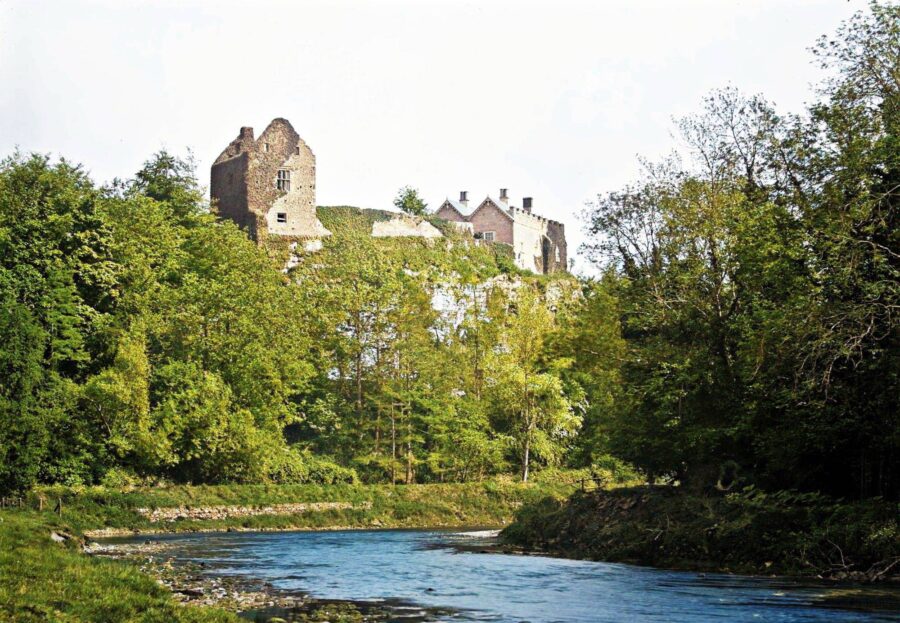
The Stuarts’ Legacy and the Servite Order
The Stuart family continued to reside at Benburb Castle until the early 20th century, leaving an indelible mark on the estate and its surrounding lands. Their stewardship saw the development of extensive gardens, parklands, and even the construction of a mill on the River Blackwater. The Stuarts were also responsible for the establishment of Benburb village, which grew around the castle and provided housing and amenities for the estate’s workers and their families.
In 1947, a significant shift occurred in the castle’s history when it was purchased by the Servite Order, a Roman Catholic religious community. The Servites, originally founded in Italy in the 13th century, are dedicated to a life of prayer, community, and service to those in need. Under their ownership, Benburb Castle became a priory and a center for spiritual retreats and religious education.
Benburb Castle Today: A Heritage Site and Community Hub
Today, Benburb Castle stands as a living testament to the rich tapestry of Irish history. The castle has been lovingly restored and preserved, allowing visitors to step back in time and experience the beauty and grandeur of this important historical site. As a heritage site, Benburb Castle offers guided tours and educational programs that illuminate its storied past and the many fascinating individuals who shaped its destiny.
In addition to its historical significance, Benburb Castle continues to serve as a vibrant community hub. The castle and its picturesque grounds play host to a wide array of events, including cultural festivals, art exhibitions, and community gatherings. The Servite Order remains actively involved in the management and preservation of the estate, ensuring that Benburb Castle remains a vital and cherished part of County Tyrone’s cultural landscape.
The Architectural Features of Benburb Castle
Benburb Castle’s architecture is a reflection of its multifaceted history, encompassing elements of military fortification, stately residence, and religious retreat. The castle’s earliest incarnation as a fortified house is evident in its rectangular tower house design, featuring gabled ends and a large central chimney. The defensive nature of the castle is further emphasized by the presence of gun loops, which allowed its occupants to fire upon approaching enemies.
As the castle evolved into a stately residence under the Stuarts, its architecture was updated to reflect the prevailing Georgian aesthetic. Elegant windows, ornamental plasterwork, and refined interior spaces were added, transforming the castle into a sophisticated and comfortable home.
The castle’s association with the Servite Order is also evident in its architecture, with the addition of a chapel and various other religious spaces designed to facilitate prayer and reflection.
Exploring the Grounds of Benburb Castle
The grounds surrounding Benburb Castle are as captivating as the castle itself. Visitors can explore the lush gardens, tranquil parklands, and the picturesque banks of the River Blackwater, which winds its way through the estate. The gardens boast a rich array of flora and fauna, providing a serene and beautiful backdrop for quiet contemplation or leisurely strolls.
In addition, the grounds of Benburb Castle are home to various historical features, including the remnants of the mill built by the Stuarts and a memorial commemorating the Battle of Benburb. These elements provide further insight into the castle’s storied past and serve as poignant reminders of its enduring historical significance.
In conclusion, Benburb Castle, Tyrone, Ireland, offers visitors an unparalleled opportunity to delve into the rich history and captivating beauty of this timeless Irish gem. From its origins as a military stronghold to its current status as a heritage site and community hub, the story of Benburb Castle is one
of resilience, transformation, and enduring significance. As you walk the halls of this magnificent castle and explore its enchanting grounds, you are sure to be captivated by the stories and the history that echo through its walls. Whether you are a history buff, an architecture enthusiast, or simply seeking a unique and fascinating destination, Benburb Castle, Tyrone, Ireland, promises an unforgettable experience steeped in the rich tapestry of Ireland’s past.
Visiting Benburb Castle: Practical Information
To ensure you make the most of your visit to Benburb Castle, it is essential to be aware of practical information such as opening hours, ticket prices, and accessibility. The castle is typically open to visitors throughout the year, but it is advisable to check the official website for up-to-date information on opening times and any special events that may be taking place.
Guided tours of the castle are available, offering an engaging and informative exploration of its history and architectural features. Group tours can also be arranged in advance, catering to school groups, social clubs, or other organizations seeking a memorable and educational experience.
Benburb Castle is committed to accessibility, with wheelchair-friendly pathways throughout the grounds and designated parking spaces available for visitors with mobility difficulties. However, please note that some areas within the castle itself may not be fully accessible due to the nature of the historic building.
For those wishing to extend their stay and explore the wider region, Benburb village offers a range of accommodation options, from cozy bed and breakfasts to more luxurious hotels. The village also boasts a selection of restaurants, pubs, and shops, ensuring visitors can enjoy a taste of traditional Irish hospitality during their visit to this remarkable historical site.


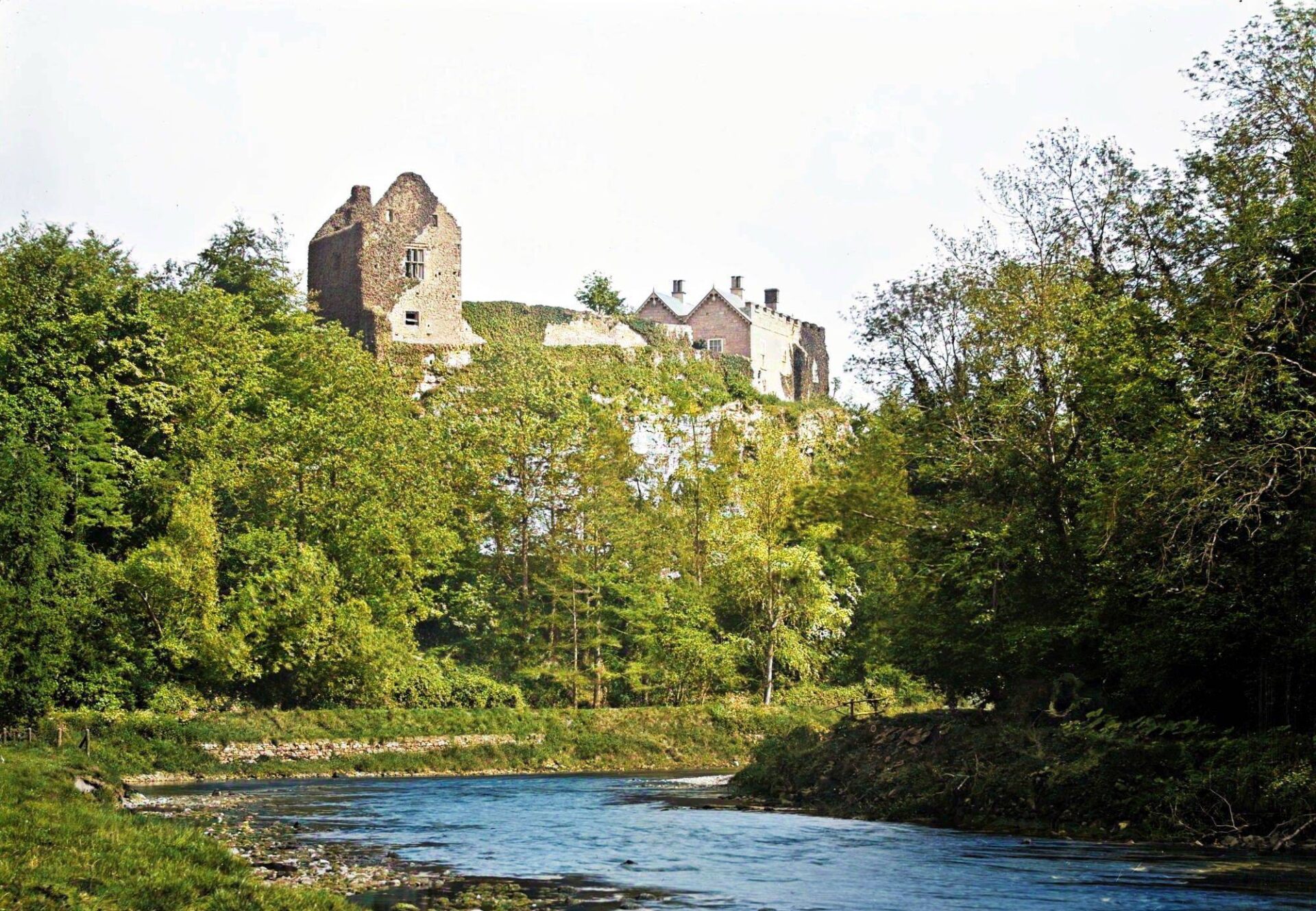
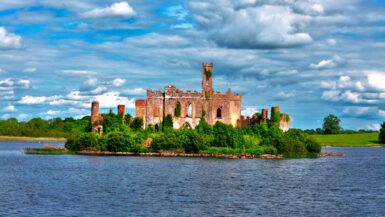
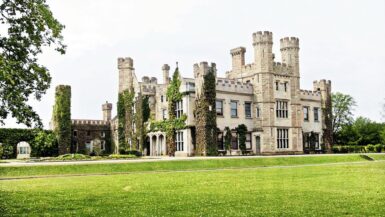
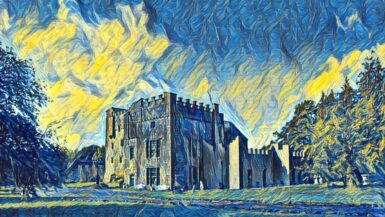
Leave a reply